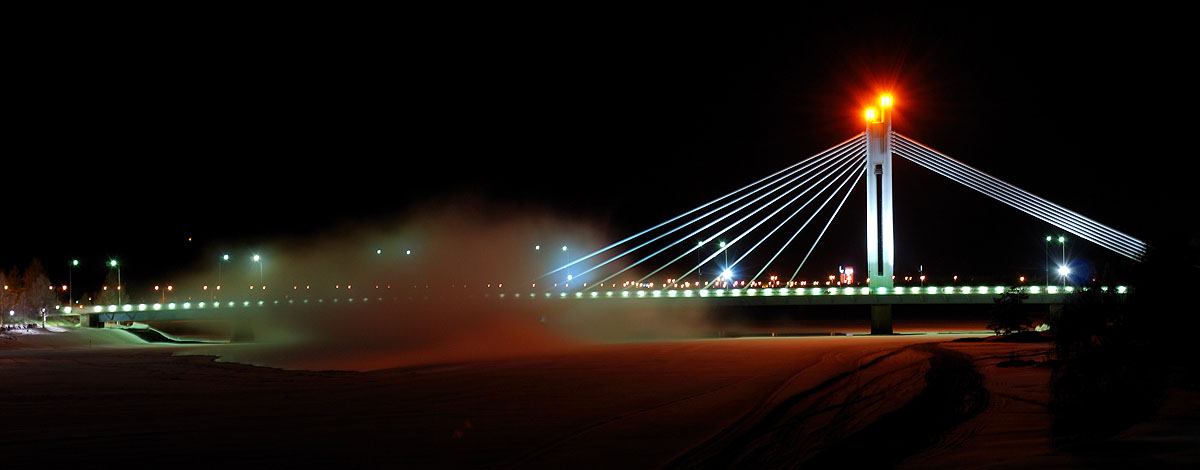 In winter I was waiting for the clear nights, to walk through Rovaniemi’s streets with my digital camera, capturing the silent moments of the dark season. The gallery includes pictures of the inner city, from Ounasvaara, the student dormitory in Kuntotie, and more.
In winter I was waiting for the clear nights, to walk through Rovaniemi’s streets with my digital camera, capturing the silent moments of the dark season. The gallery includes pictures of the inner city, from Ounasvaara, the student dormitory in Kuntotie, and more.
There is also a black and white gallery with analog pictures from my winter-night-walks on my blog.
The pictures were all taken from November to February.
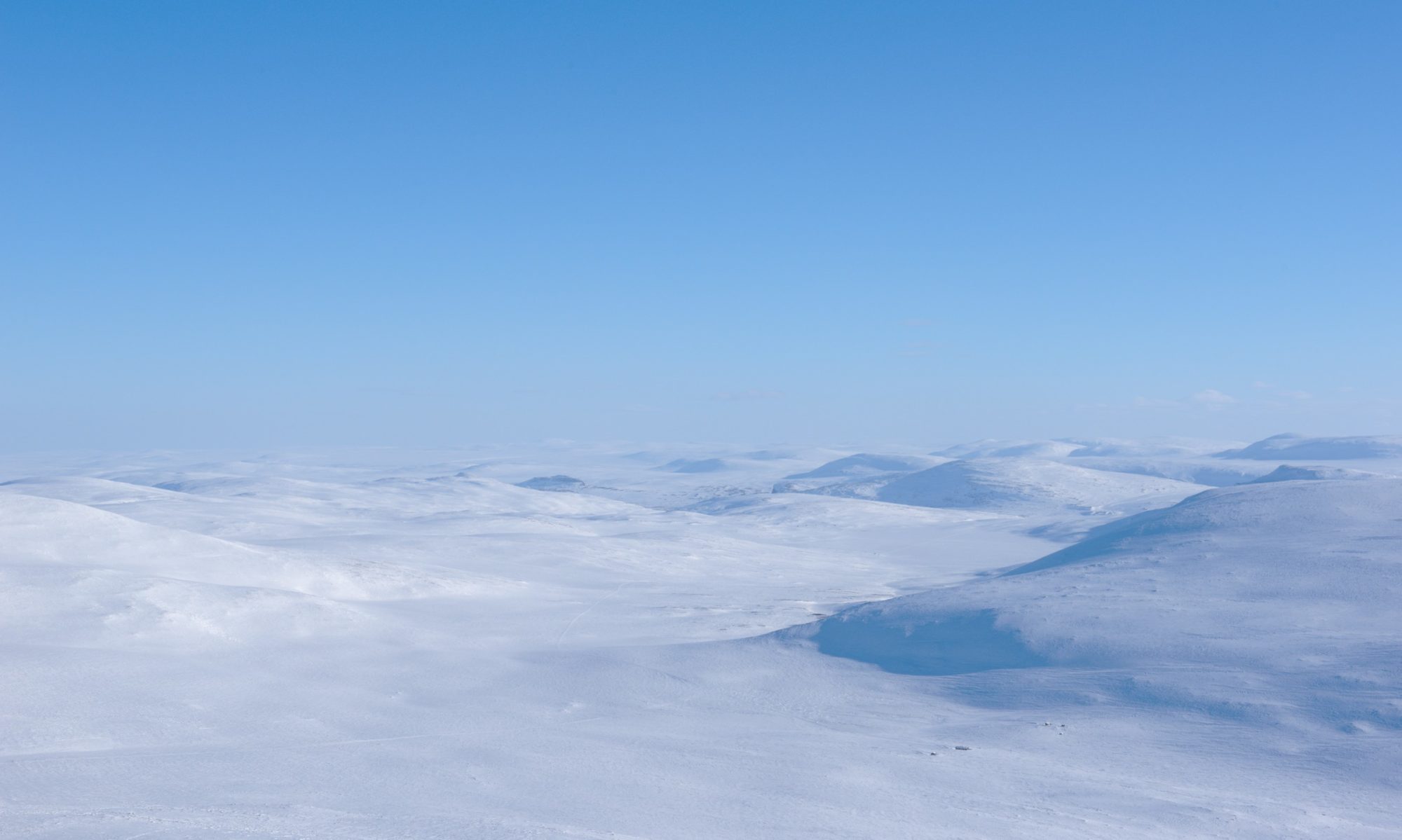
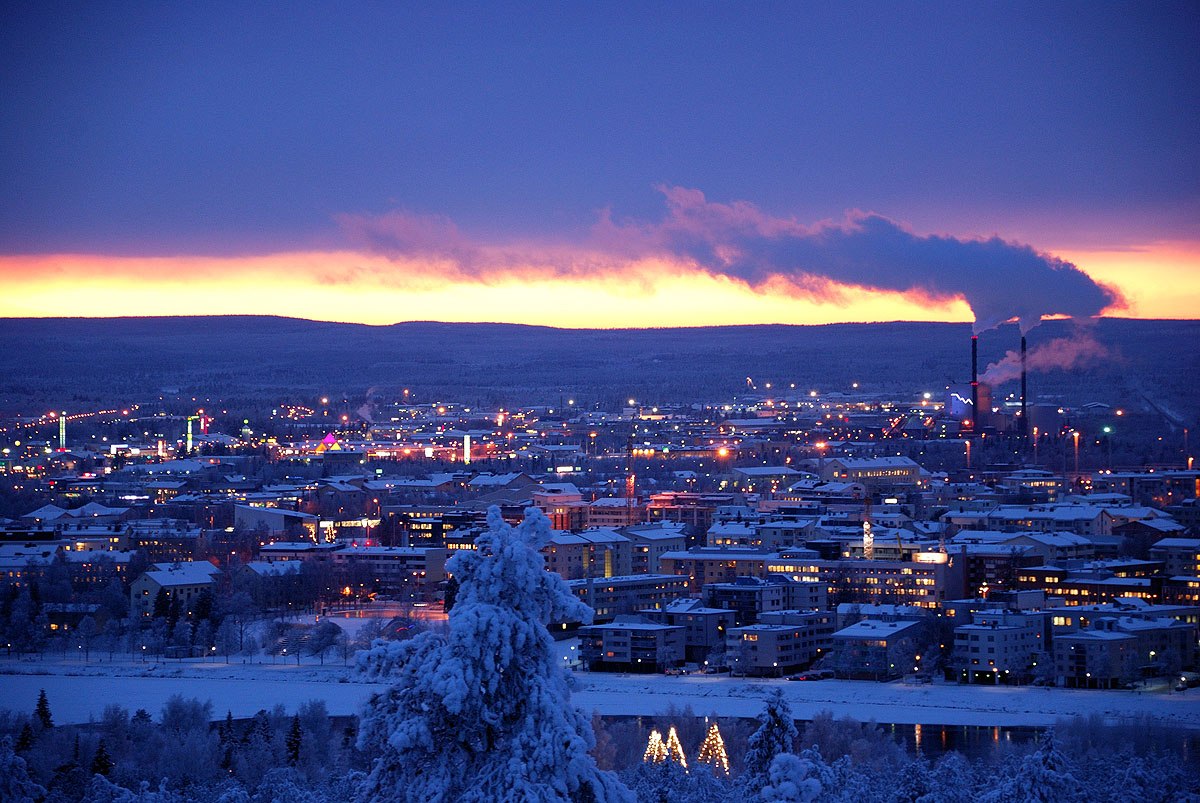
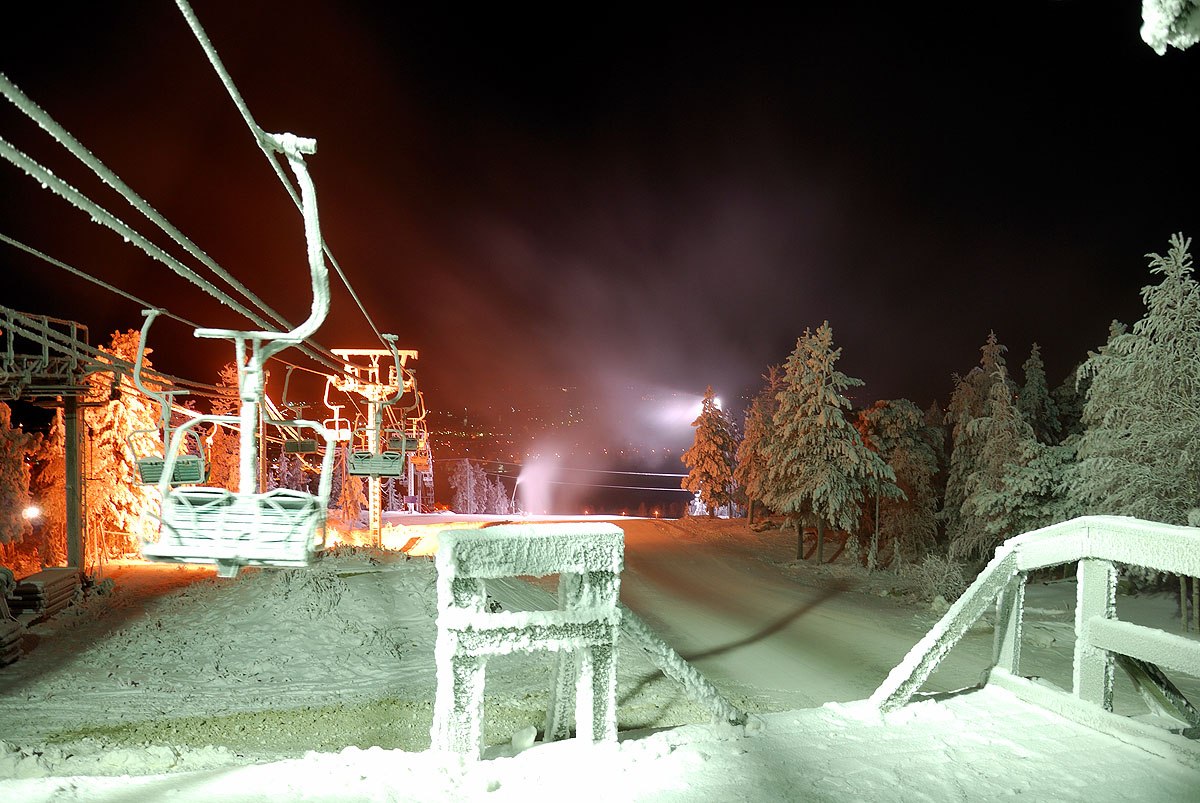
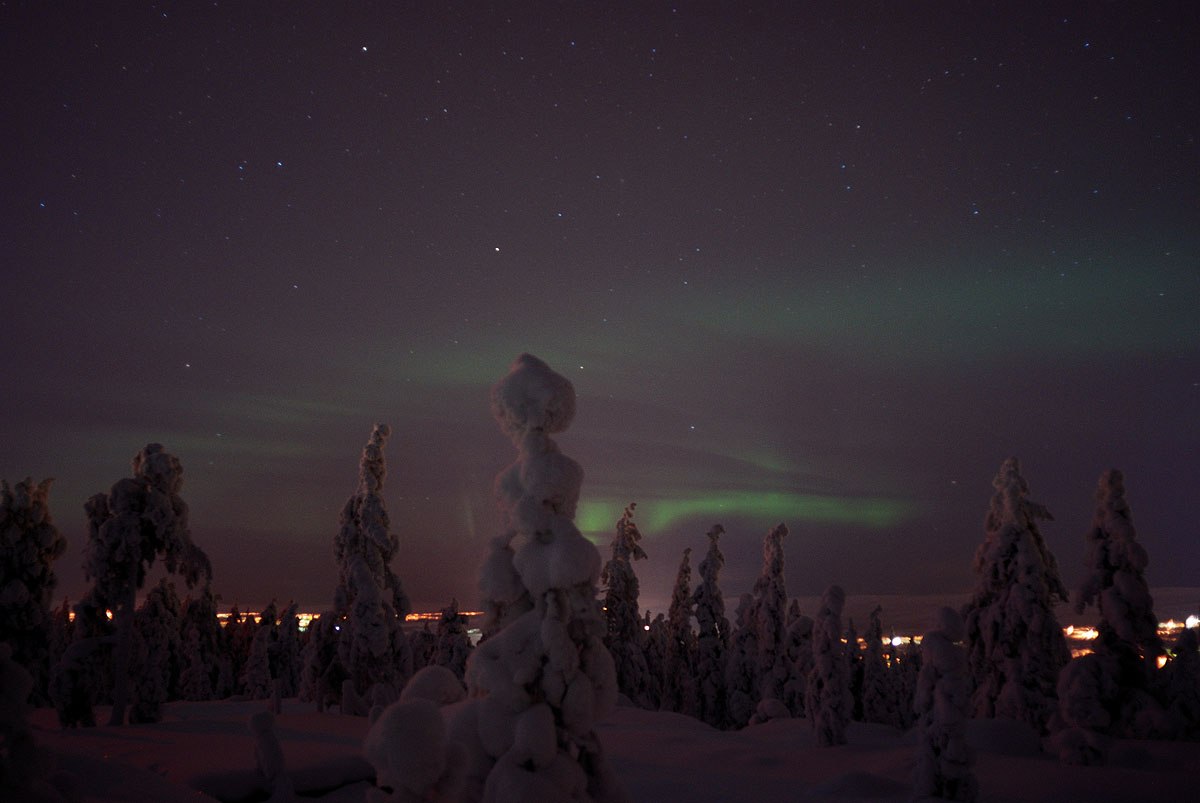
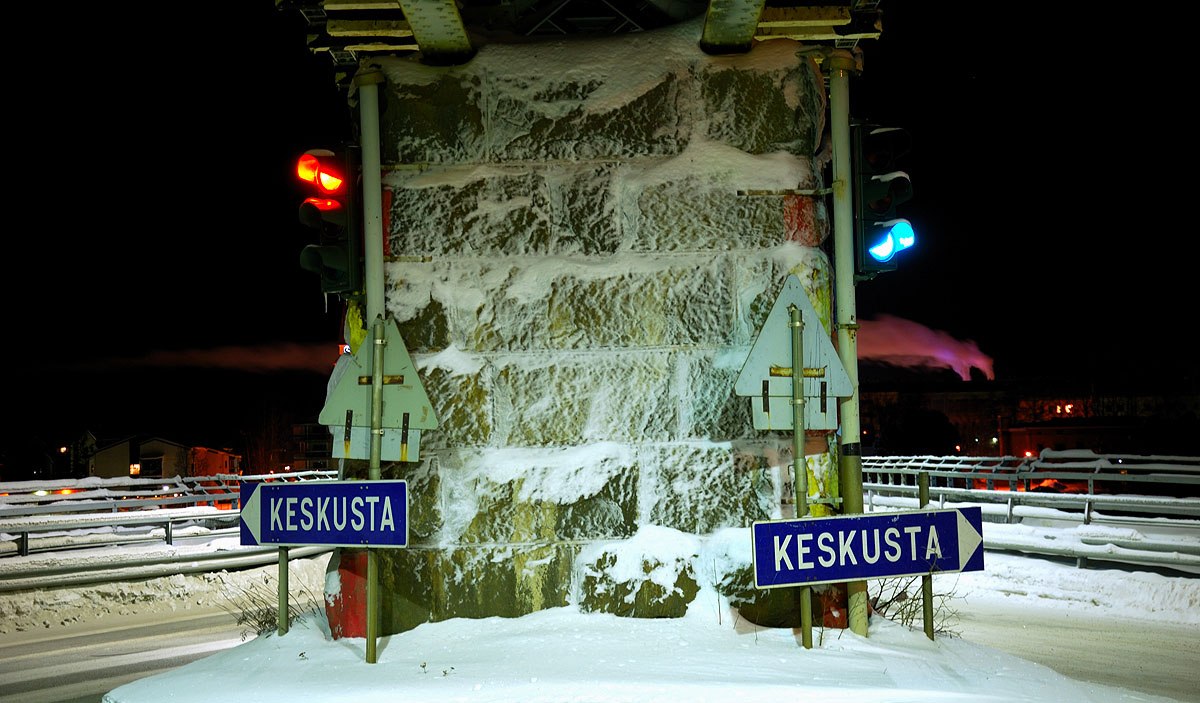

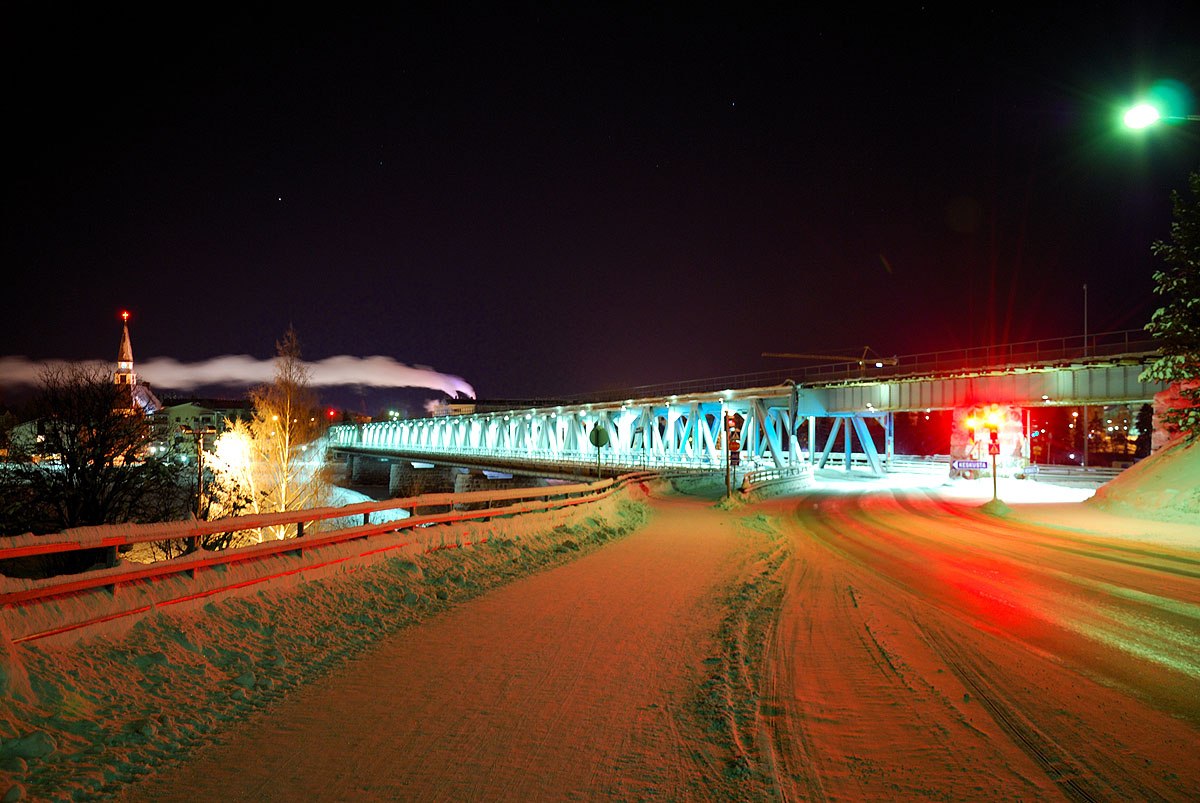
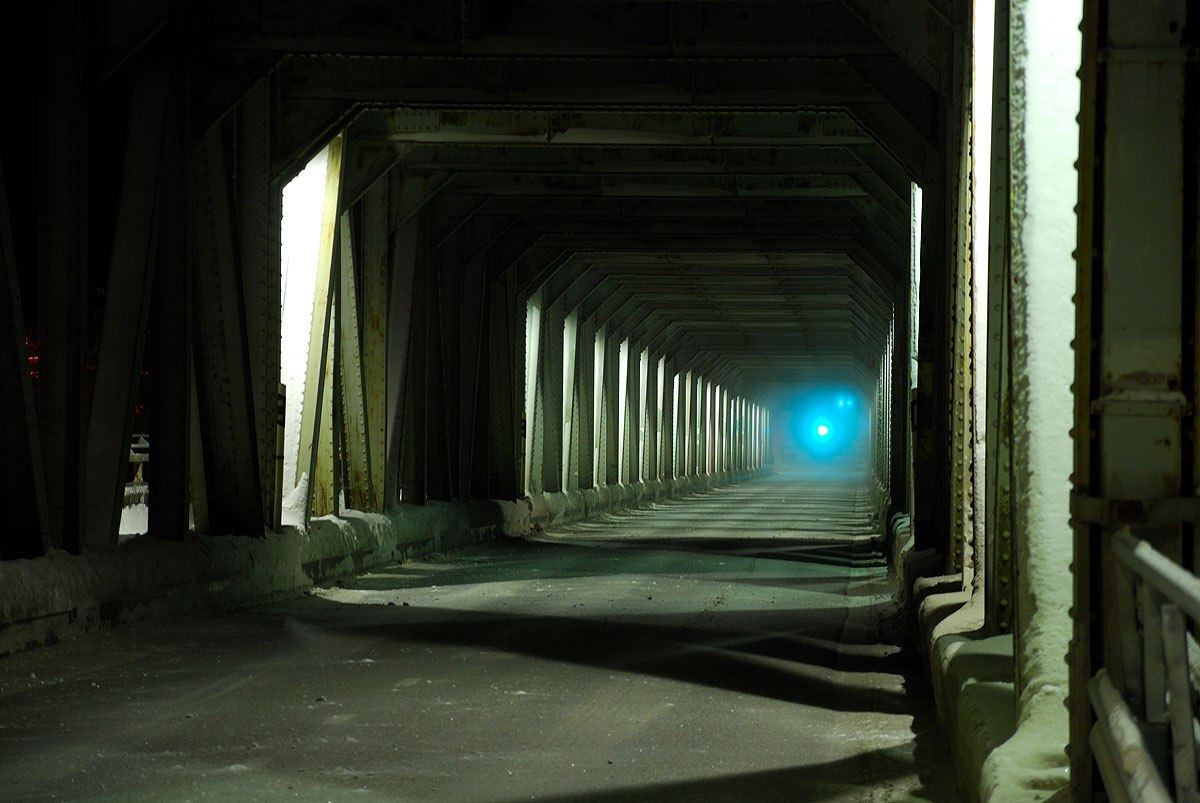
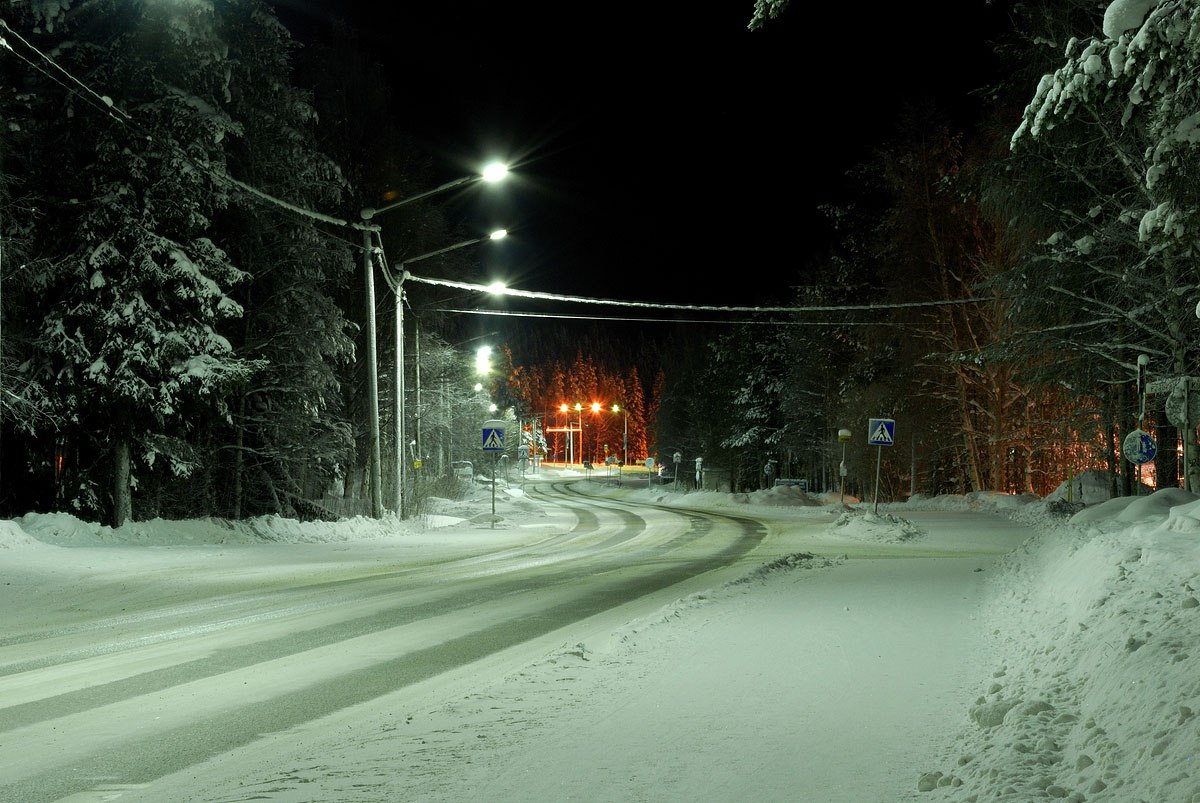
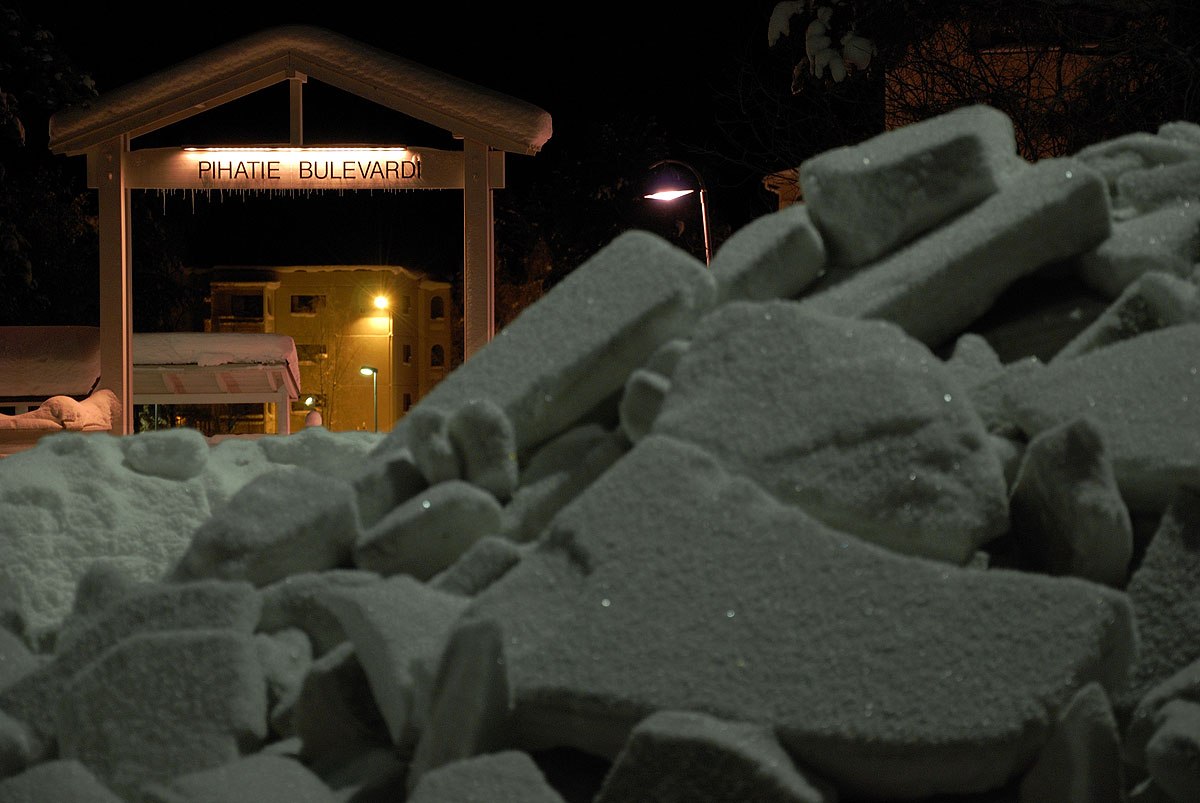

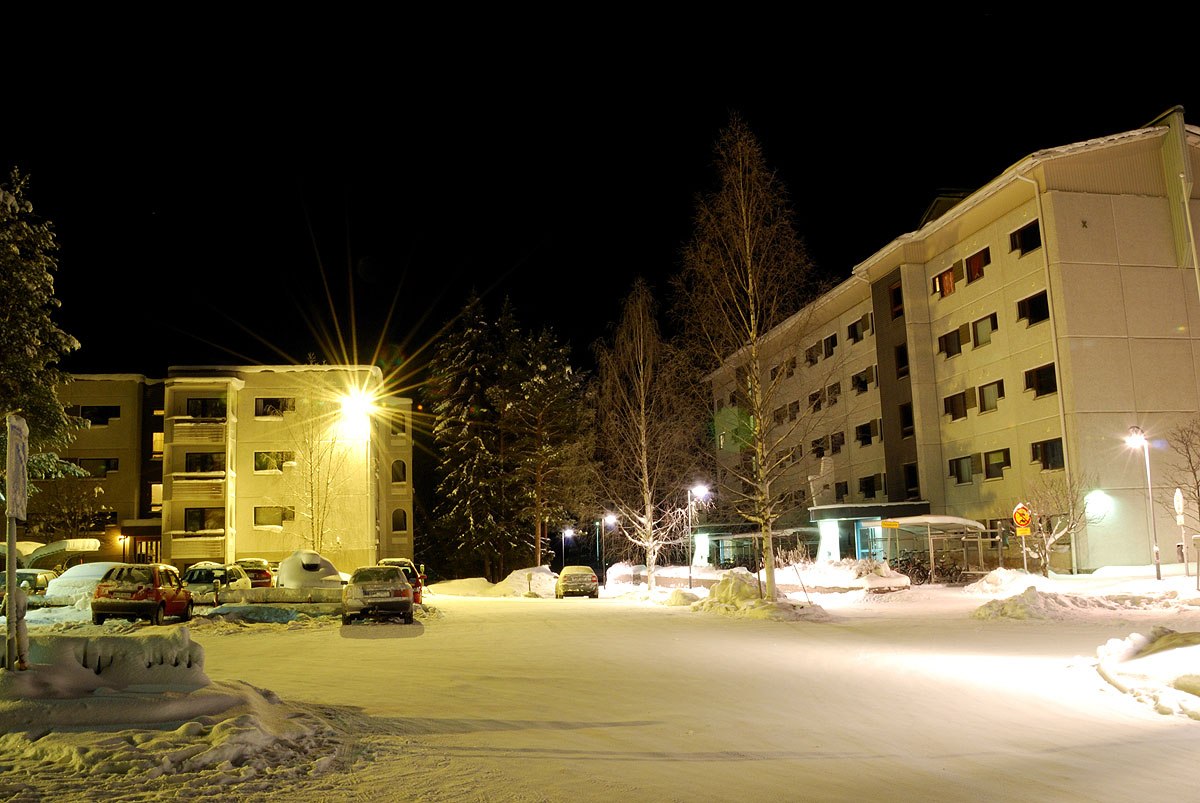

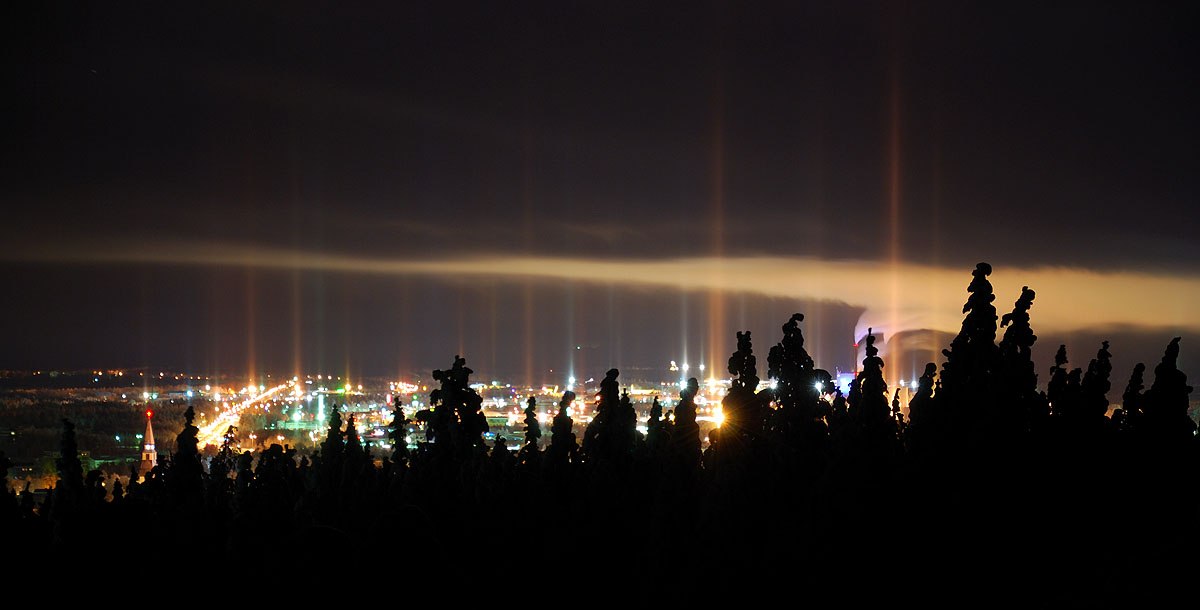
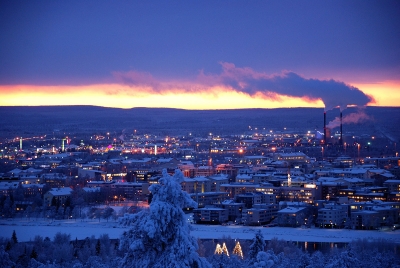



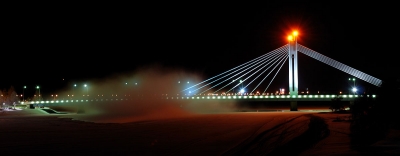








Hi there,
Nice pictures you have taken. I’m going to Rovaniemi in a few days time with my D60 and a camcorder. Do you have any useful tips that can help me protect my equipments in harsh weather conditions.
Cheers,
Jeff
Hey Jeff,
thanks for your feedback!
Generally the equipment shouldn’t have much problems dealing with the temperatures, only the batteries will have ;-) Best solution would be, having an external battery pack, which you are wearing somewhere under you cloths. Another option is using an additional battery grip, which allows usage of regular batteries, such as AA batteries; in that case you could use Sanyo’s Eneloop batteries (or something similar), which work fine under very low temperatures. Another possibility is to tape an active hand-warmer around the camera (where the battery is placed). If you don’t have these opportunities, make sure to always have at least one spare battery with you, and always keep it warm (in a layer close to the body). If you need to change the battery, put the replaced one in a warm place, and it might come back again.
When you come back home and it was really cold outside, keep your equipment in the camera bag for some time, so that it can slowly get warm. A sudden temperature change will lead to condensation of the cold air and produce humidity in your equipment (e.g. in your lens or your body). I sometimes take out the batteries when my camera warms up, just to make sure that potential humidity couldn’t cause a short circuit.
If you are hunting for northern lights, don’t use a filter on your lens: it will produce centric rings, caused by the high reflectivity of the green of auroras (here’s more information on that: chapter equipment, in http://www.ptialaska.net/~hutch/aurora.html).
I would highly recommend to always use a tripod (and a remote control), also during the day, as there is not too much light available (and especially a D60 sensor already has a lot of of image noise at ASA 800 – I usually don’t use more than 400).
And finally, but also very important, don’t forget to dress warm :-)
Enjoy your trip and I wish you good luck for your photo adventures!
Cheers,
Gerald